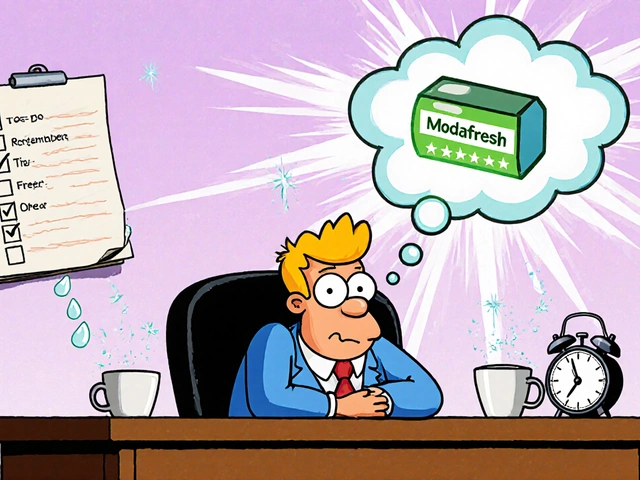Caregiver Guide: Managing Urinary Spasms
If you’re looking after someone who keeps getting sudden bladder jerks, you know how stressful it can be. The good news is you don’t have to feel helpless. Simple actions, a little knowledge, and the right timing can calm the spasms and keep both of you comfortable.
What Triggers Urinary Spasms?
Spasms happen when the bladder muscles contract unexpectedly. Common triggers include a full bladder, caffeine, alcohol, spicy foods, and even stress. Some medicines, like diuretics, can also make the bladder over‑active. For seniors or people with neurological conditions, the nerves that control the bladder may misfire, causing frequent jumps.
Watch for patterns. If the spasms flare up after a cup of coffee or a particular snack, note it. A simple diary – time, food, activity, and spasm intensity – can reveal the real culprits. Once you know the triggers, you can start to cut them out or plan around them.
Practical Steps to Calm the Spasms
1. Schedule regular bathroom trips. Even if the person says they don’t need to go, a 2‑hour schedule keeps the bladder from over‑filling. Set a timer and stick to it.
2. Stay hydrated, but watch the drinks. Water is essential, but limit caffeine and carbonated drinks. Offer plain water or herbal teas without caffeine.
3. Teach pelvic floor exercises. Simple squeezes of the muscles used to stop urine flow can strengthen control. Do a few reps several times a day – it feels awkward at first, but consistency helps.
4. Apply gentle warmth. A warm compress on the lower abdomen can soothe a cramping bladder. Use a warm (not hot) water bottle for a few minutes when a spasm starts.
5. Use over‑the‑counter aids wisely. Products like bladder support cushions or absorbent pads give confidence while you work on long‑term solutions. Make sure they fit well to avoid skin irritation.
6. Talk to a healthcare professional. If spasms happen more than three times a day, cause pain, or lead to leaks despite these steps, it’s time to call a doctor. They may suggest prescription meds or bladder training programs.
7. Keep a calm environment. Stress can make the bladder twitchier. Play soft music, keep the room temperature comfortable, and encourage slow breathing when a spasm starts.
Remember, you’re not alone. Many caregivers face the same challenges, and small tweaks often make a big difference. By tracking triggers, setting a routine, and using simple comfort tricks, you can reduce the frequency and severity of urinary spasms. Keep the communication open with the person you care for – ask how they feel after each strategy and adjust as needed. With patience and consistency, the sudden bladder jerks can become a manageable part of daily life.




